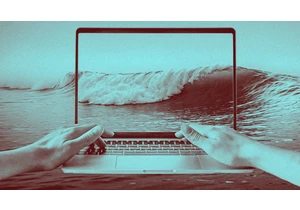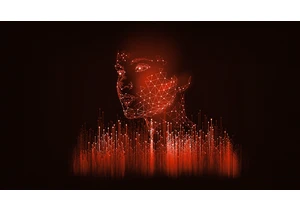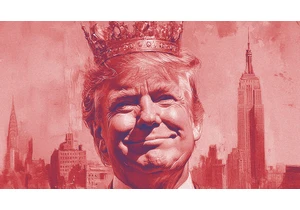When Spotify introduced video podcasts, its interface started to look more like TikTok. Now the music streaming giant has added a glorified creator fund.
Over the past 10 years, the audio industry has undergone a bottom-up revolution, with traditional audio formats upended by (often smaller-budget) podcasting outfits. Spotify wants to keep the ball rolling: With the company’s newly announced Partner Program, small-name creators have more opportunities to monetize than ever before.
Not long ago, most podcasters could be called audio journalists. Now it’s time we start calling them creators.
Spotify’s push toward social podcasting
Spotify’s Partner Program opens up “audience-driven payouts from Spotify Premium video engagement.” Translation: The more Premium users who watch a video podcast, the more its creators will get paid. Podcasters can also get a cut of ads listened to by Spotify Free users. Suddenly, podcasters can bet on payouts from Spotify based on engagement alone, no longer relying exclusively on coordinating their own advertisements.
If that all sounds familiar, it’s because YouTube has an almost identical model. YouTube creators can get a cut of the advertising revenue from in-house ads placed on their content. They also receive direct revenue from the number of YouTube Premium users watching their content. In fact, the two platforms’ monetization policies even have the same name: YouTube’s model is called the YouTube Partner Program.
Spotify’s program is specialized for video podcasts. There are no payouts for audio-only podcasts, no matter how many Premium users are listening. That’s an even bigger step in Spotify’s years-long pursuit of TikTok-ifying its podcast platform, incentivizing more and more creators to add video components. Spotify introduced vertical video, in-app purchases, and even added a comments function. By now, it’s easier to watch video podcasts on Spotify than it is to listen to audio alone.
YouTube is a powerful competitor, making up 53% of the podcast market with an especially significant role in podcast discovery. Whether Spotify can topple YouTube’s market share remains to be seen, but the Partner Program is a strong attempt—one that is tearing apart the audio market in the process.
What about the other platforms?
While Spotify jostles to make your favorite podcasts look more like TikToks, other podcasting platforms have stayed refreshingly old school. Apple Podcasts has a video function, but it’s less thoroughly integrated, and there’s no YouTube-like payout program. Most of the smaller apps with an audio focus, like Pandora and Overcast, have avoided video altogether.
Turning podcasters into glorified influencers changes the makeup of a platform. Look at 2024’s top shows on Spotify and Apple Podcasts. Spotify’s list is almost entirely one-offs run by independent contributors or small companies. They’re also almost entirely chat shows. Apple Podcasts’ top show, on the other hand, was The Daily from The New York Times. There are shows from NPR and NBC within the top 10, as well as celebrities like the Kelce brothers. As these platforms change, so do the podcasts its users choose.
Podcasts are taking over media right now. They’re feeding tabloids, they’re propping up merchandise companies, they’re influencing elections. And, thanks to Spotify, they’re leaving legacy media behind.
Ak chcete pridať komentár, prihláste sa
Ostatné príspevky v tejto skupine


As I write this, the most pleasing sound is washing over me—gentle waves ebbing and flowing onto the shore. Sadly, I’m not actually on some magnificent tropical beach. Instead, the sounds of the s

The relentless hype around AI makes it difficult to separate the signal from the

I don’t know about you, but I tend to think about my favorite tech tools as being split into two separate saucepans: the “classic” apps we’ve known and relied on for ages and then the newer “AI” a

The official White House social media account is under fire for posts that resemble something typically found on the internet forum 4chan.
A post shared on February 14, styled like a Val

The prospect of banning the sale of so-called

